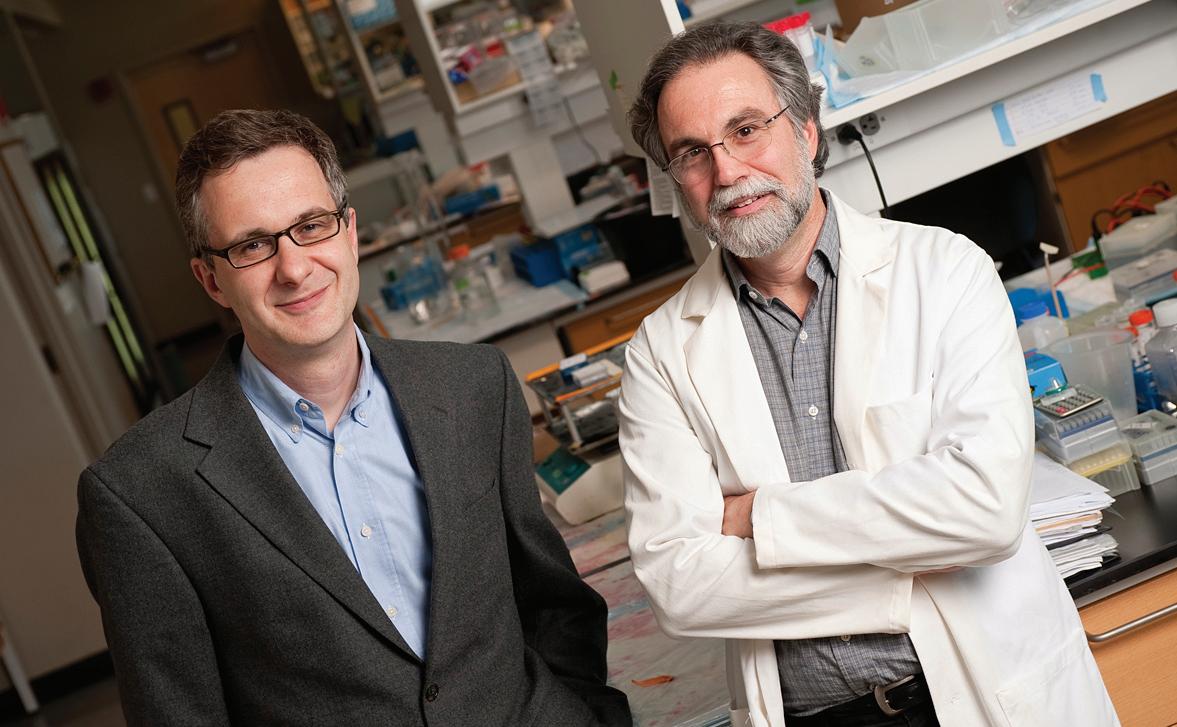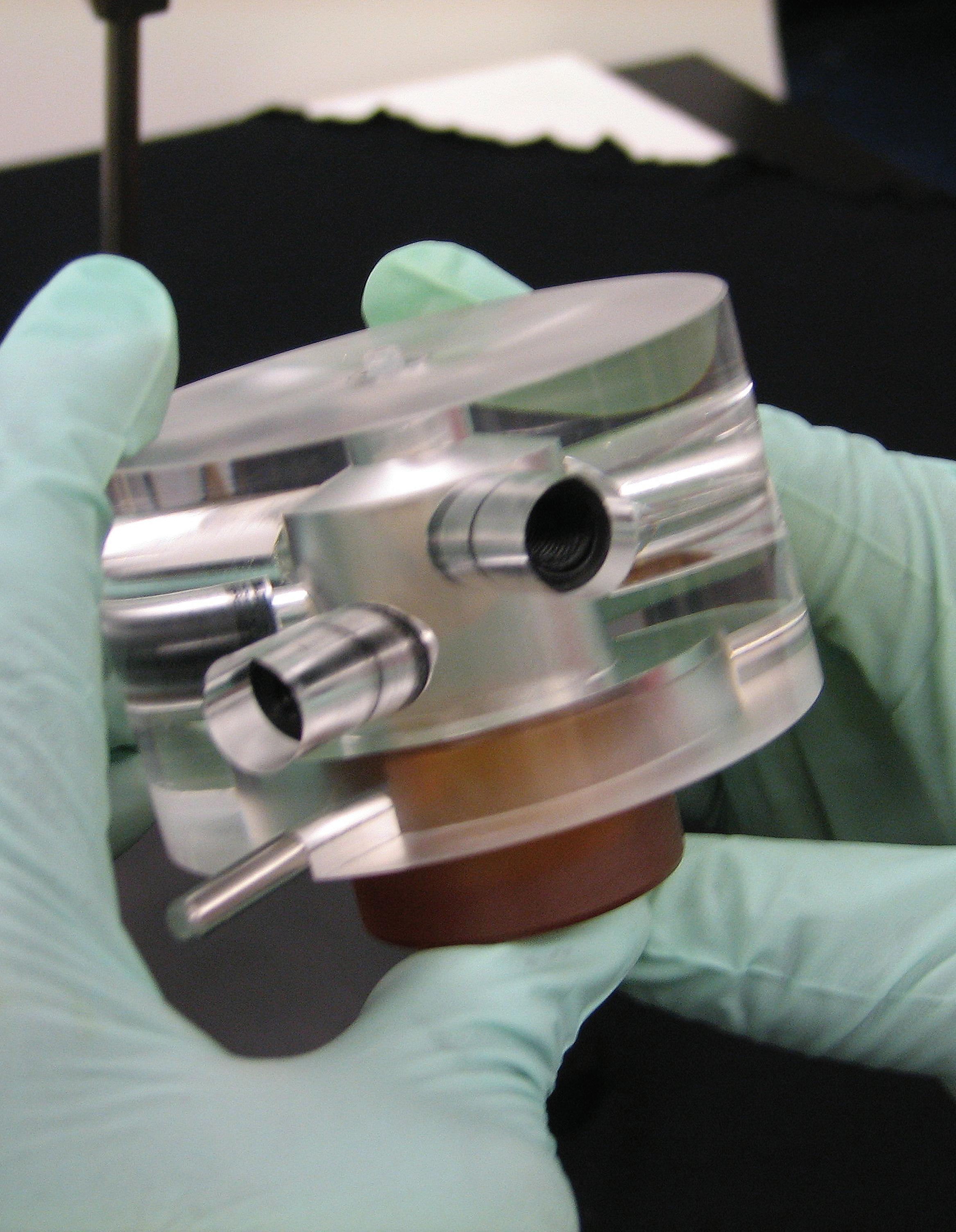Speaker Bio Highlights Jonathan M. Links is a medical physicist, professor and deputy chair of the Department of Environmental Health Sciences in Bloomberg School of Public Health with joint appointments in Radiology and Emergency Medicine at the Johns Hopkins School of Medicine. He directs the CDCfunded Johns Hopkins Center for Public Health Preparedness, a training center for frontline public health workers, and is principal investigator of the CDC-funded Johns Hopkins Preparedness and Emergency Response Research Center.
Professor Patrick Breysse is director of the Division of Environmental Health Engineering and director of the Occupational and Environmental Hygiene Academic Program at the Bloomberg School of Public Health. He also directs the Center for Childhood Asthma in the Urban Environment. His work focuses on evaluation and control of chemical, biological, and physical factors that can impact health or well being and includes research on risk/ exposure assessment.
Ellen Silbergeld, professor of Environmental Health Sciences at the Bloomberg School of Public Health, has served as scientific advisor to federal agencies including CDC, EPA, DOE, and OSHA, Maryland and New York, World Bank, ILO, UNEP, and PAHO. Her research bridges science and public policy, focusing on incorporation of mechanistic toxicology into environmental and occupational health policy, including those related to the cardiovascular risks of arsenic, lead, and cadmium; immunotoxicity of mercury compounds; and health and environmental impacts of industrial food animal production.
Justin Hanes is a Professor of Ophthalmology in the Johns Hopkins School of Medicine. He also has appointments in Biomedical Engineering, Chemical and Biomolecular Engineering, Environmental Health Science, Neurosurgery and Oncology. His research interests are at the intersection of nanotechnology with medicine and public health.
Howard Fairbrother is a professor of chemistry in the Krieger School of Arts and Sciences. Fairbrother’s research focuses on surface chemistry with an emphasis on the role of interfacial phenomena in the deposition of nanostructured materials and the environmental fate and impact of carbon based nanomaterials in aquatic environments. One aspects of his research aims to develop an artificial plasma environment to study the microscopic surface processes that are collectively responsible for the deposition and structural characteristics of nano-scale carbonaceous thin films.
Tomás R. Guilarte, formerly of the Bloomberg School, was recently appointed chair of the Department of Environmental Health Sciences at Columbia University’s Mailman School of Public Health. His research focuses on mechanism-based neuroscience and neurotoxicology using behavioral, cellular, and molecular approaches, ranging from studies using primary culture of neural cells to the application of brain imaging technologies.
Environmental engineer William P. Ball is a professor of Geography and Environmental Engineering at the Whiting School of Engineering with a joint appointment in Civil Engineering. Among his research interests, Ball seeks a better understanding of the potential environmental impact and fate of carbonbased nanomaterials in aquatic systems, with focus on multi-walled carbon nanotubes. Ball is an adjunct research professor for the Chesapeake Research Consortium.
Ronald White is an associate scientist in the Bloomberg School’s Department of Health Policy and Management with joint appointments in Environmental Health Sciences and Epidemiology. White is deputy director of the Risk Sciences and Public Policy Institute where his research seeks to improve the science base for risk assessment, cultivate better risk assessment methods, and enhance the risk management process. His research areas include health effects of air pollution; environmental health policy and risk assessment.
2010 Environmental and Health Engineered Nanomaterials |5 2010 Environmental andImpacts Health of Impacts of Engineered Nanomaterials |5
















